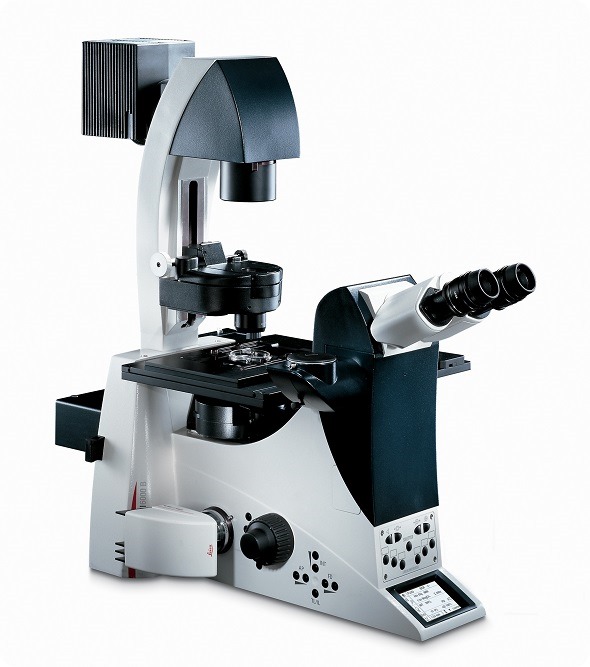Astronaut Koichi Wakata of the Japan Aerospace Exploration Agency (JAXA) studied the effect of microgravity on bone density as well as on plants building their shape during his stay in the International Space Station (ISS) with an inverted research microscope by Leica Microsystems, the Leica DMI6000 B. He returned to earth with new data from several experiments at the ISS module "Kibo" which will now be evaluated and analyzed by him and collaborating scientists at Japanese research institutions.
Loss of bone density during extended space residence is a well-known phenomenon. By conducting the project entitled "Medaka osteoclast2: Effect of microgravity on osteoclasts and the analysis of the gravity sensing system in medaka" researchers hope to gain insights by examining living Japanese rice fish (Oryzias latipes) with fluorescence microscopy at the ISS. Principle investigator Professor Akira Kudo from the Tokyo Institute of Technology hopes to find the responsible mechanism of bone desorption. Knowledge of this progression could help improve the treatment of senile osteoporosis.

Fully Automated Inverted Research Microscope Leica DMi6000 B
The second project called "Aniso Tubule: Roles of cortical microtubules and microtubule-associated proteins in gravity-induced growth modification of plant stems" investigates how plants build their shape while resisting gravity. During that process so-called cortical microtubules play a role, which principle investigator Kouichi Soga at the Osaka City University wants to survey by applying fluorescence microscopy to the thale-cress Arabidopsis thaliana in space. Insights into this topic could lead to an understanding how plants' shape and growth direction can be influenced which is especially meaningful for agriculture in narrow areas and in space.
The usage of Leica Microscopes in zero gravity has tradition already. The predecessor of the fluorescence microscope Leica DMI6000 B was installed at the ISS as well. "For applications in space, commercial "off-the-shelf" microscopes have to be adapted very carefully in order to meet all the special requirements," says Product Manager Bernard Kleine.
Interestingly, the microscope cannot only be operated directly at the space station itself, but also remotely from the ground. There had been very close collaboration of all parties involved to make this possible. We are incredibly proud to see our instruments serving to generate scientific insights even in outer space.
For more details please visit http://iss.jaxa.jp/en/kiboexp/news/medaka2_140307.html http://iss.jaxa.jp/en/kiboexp/news/aniso_tubule_starts.html